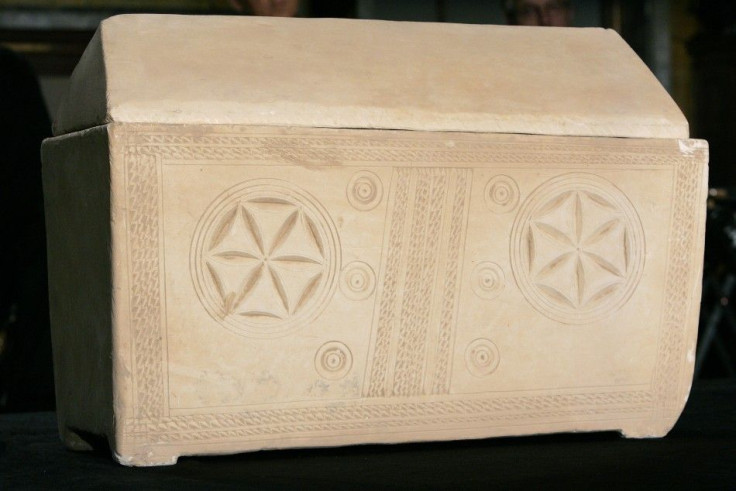Jesus Tomb: Have Archaeologists Discovered His Final Resting Place?

Jesus is once again being resurrected. With the new book, The Jesus Discovery: The New Archaeological Find That Reveals the Birth of Christianity, being published today, the archaeologists and authors are revealing that they have found new information that points to the final resting place of Jesus.
With the help of a robotic arm and remote-controlled camera, archaeologists believe that they have found the earliest evidence of Christian iconography in Jerusalem in the form of bone boxes. According to MSNBC, these boxes were discovered in a nearly intact first-century tomb.
Although being released now, the discovery actually happened on Jun. 29, 2010. They believe that their finding reveals the earliest archeological evidence of faith in Jesus' resurrection from the dead. The unearthing, believe it or not, was made eight feet under the basement of a condominium complex. According to the authors of The Jesus Discovery, James D. Tabor and Simcha Jacobvici, it is not usual for construction in Jerusalem to come to a stop because of the excavation of tombs from ancient times.
What the archaeologists discovered was engravings on burial boxes. The findings of these engravings can date back to before 70 CE, and are believed to be made by Jesus' earliest followers. One box carries a Greek inscription which means to rise up or raise up someone, while the second box displays what looks like a fish. The fish is thought to have the prophet Jonah in it's mouth, which would be the sign of Jonah.
This latest discovery is really an investigation into the 1980's unearthing of the Jesus Family Tomb. It was believed to be inscribed with names that were linked to Jesus's family, but was only briefly examined in the 1980's due to upset over the excavation. According to the Daily Mail, this discovery had many believing that Jesus had been married with a child, and that his resurrection could have been spiritual, rather than bodily. Due to Israel's civil and religious authorities fighting against reopening the sealed tomb, the archaeologists had to turn to the robotic arm as an alternative to entering the tomb.
The use of the robotic arm helped reveal tombs that had ceased to exist in the year 70, but while the authors believe that they belong to Jesus and his family, many are still skeptical about the idea.
© Copyright IBTimes 2024. All rights reserved.












